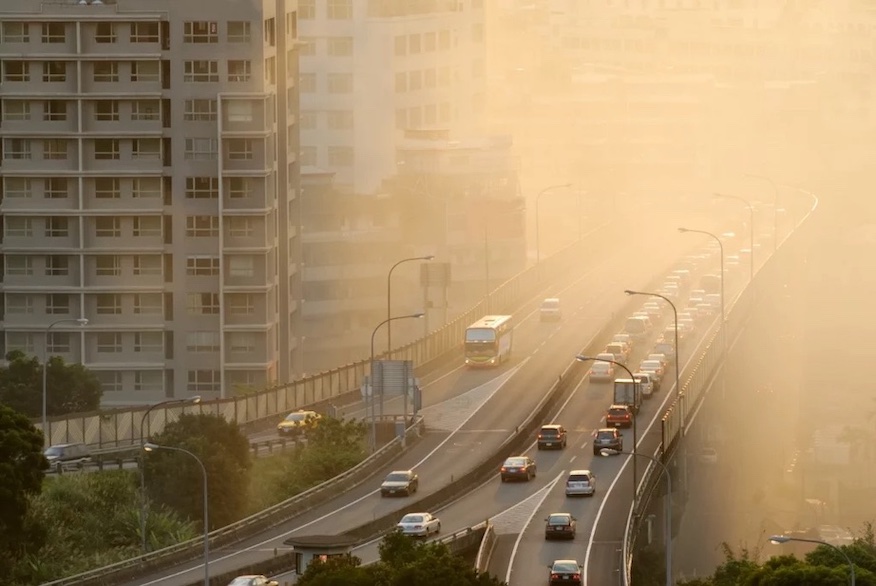As the third most populous country in the world, India is home to countless bustling cities that are the epitome of energy and vitality. However, beneath the surface of this urban splendor, a more sinister story unfolds – one of pollution, disease, and despair. The problem of air pollution in Indian cities has reached alarming proportions, threatening the very fabric of our quality of life. We’ll go into the unfiltered reality of air pollution in Indian cities and explore the far-reaching consequences of this environmental menace.
The Silent Killer: Air Pollution’s Devastating Impact
Air pollution is often regarded as the silent killer, silently claiming thousands of lives each year. In India, the situation is particularly dire, with millions of citizens exposed to hazardous levels of pollutants. The World Health Organization (WHO) estimates that air pollution is responsible for over 1.2 million premature deaths in India annually, with urban centers being the most affected. Furthermore, the increasing incidence of respiratory diseases, cardiovascular issues, and even cancer can be attributed, at least in part, to the toxic air breathed by Indian citizens.
The Main Culprits: Industrialization and Vehicle Emissions

Industrialization and vehicle emissions have emerged as the primary culprits behind India’s air pollution crisis. The growth of the manufacturing sector, coupled with the proliferation of vehicles on the road, has led to an exponential increase in emissions. Additionally, the burning of fossil fuels for energy and cooking purposes has further exacerbated the problem. The result is a cocktail of pollutants, including particulate matter (PM), nitrogen dioxide (NO2), ozone (O3), and sulfur dioxide (SO2), which combine to create a toxic brew that threatens public health.
The Need for Sustainable Solutions
The problem of air pollution in Indian cities calls for a holistic approach, one that incorporates sustainable solutions and a collective effort from all stakeholders. Governments, industries, and individuals must work in tandem to reduce emissions, promote eco-friendly practices, and encourage sustainable transportation options. The introduction of electric and hybrid vehicles, for instance, could significantly reduce petrol consumption and subsequent emissions. Moreover, the development of green infrastructure, such as public parks and green spaces, can help mitigate the effects of pollution by absorbing pollutants and improving air quality.
A Glimmer of Hope: Emerging Technologies and Solutions
While the problem of air pollution in Indian cities seems insurmountable, there are emerging technologies and solutions that offer a glimmer of hope. Advances in air purification systems, for example, have made it possible to remove pollutants from the air, providing relief to those affected by poor air quality. Moreover, the use of artificial intelligence (AI) and the Internet of Things (IoT) is enabling smarter monitoring and management of air pollution, allowing for real-time tracking and targeted interventions. Furthermore, initiatives such as the “Swachh Mumbai” campaign, which aims to clean up the city’s streets and reduce waste, demonstrate the effectiveness of community-led efforts in combating air pollution.


